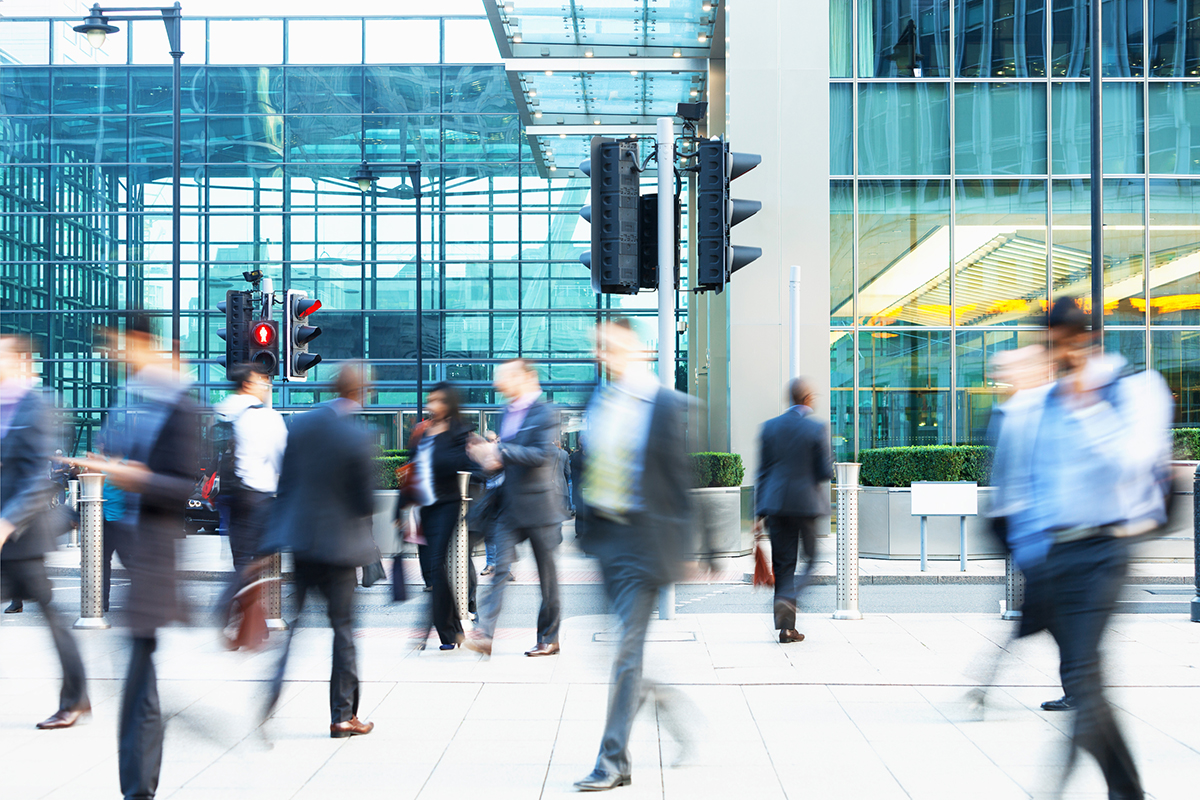Report: 43 Percent of People Suffer from Workplace Stress

Photo via istock.com/Macie J Noskowski
If work has you feeling frazzled, you’re not alone. In a new report, 43 percent of people said work has a negative impact on their stress levels.
“The Workplace and and Health” report, produced by the Harvard T.H. Chan School of Public Health, the Robert Wood Johnson Foundation, and NPR, polled 1,600 working Americans about the ways their jobs affect their physical, mental, and emotional health. The report delves deeply into the relationship between the often dichotomous parts of life, analyzing everything from the impact of workplace wellness programs to the challenges faced by millennials, shift workers, and racial and ethnic minorities.
Interestingly, only 16 percent of respondents said work has a negative impact on overall health—and a somewhat surprising 28 percent said it has a positive impact—but many more felt that it impedes specific elements of health. For example:
- 43 percent said work negatively affects stress levels
- 28 percent said work negatively affects dietary choices, and 22 percent said it negatively affects weight
- 27 percent said work negatively affects sleep
- 17 percent said work negatively affects both social and family life
With stress the most common workplace health complaint, the researchers also broke down job stress by industry. They found that 54 percent of restaurant employees said work is bad for their stress levels, followed by:
- 52 percent of medical workers
- 47 percent of school workers
- 46 percent of office workers
- 42 percent of retail workers
Negative stress was also more common among people holding low-paying jobs (51 percent) than high-paying gigs (41 percent)—just one income disparity highlighted in the report. Others include:
- 45 percent of people who hold low-paying jobs said they face “dangerous situations” at work, compared to 33 percent of highly paid workers
- 38 percent of people in low-paying jobs get paid sick days, versus 72 percent of people in average- and high-paying jobs; for health insurance, that breakdown was 60 percent versus 84 percent
- 65 percent of people in low-paying positions said they usually go to work when they have the flu, compared to a (still high) 48 percent of people in high-paying positions
Curious? You can see the full report here.


